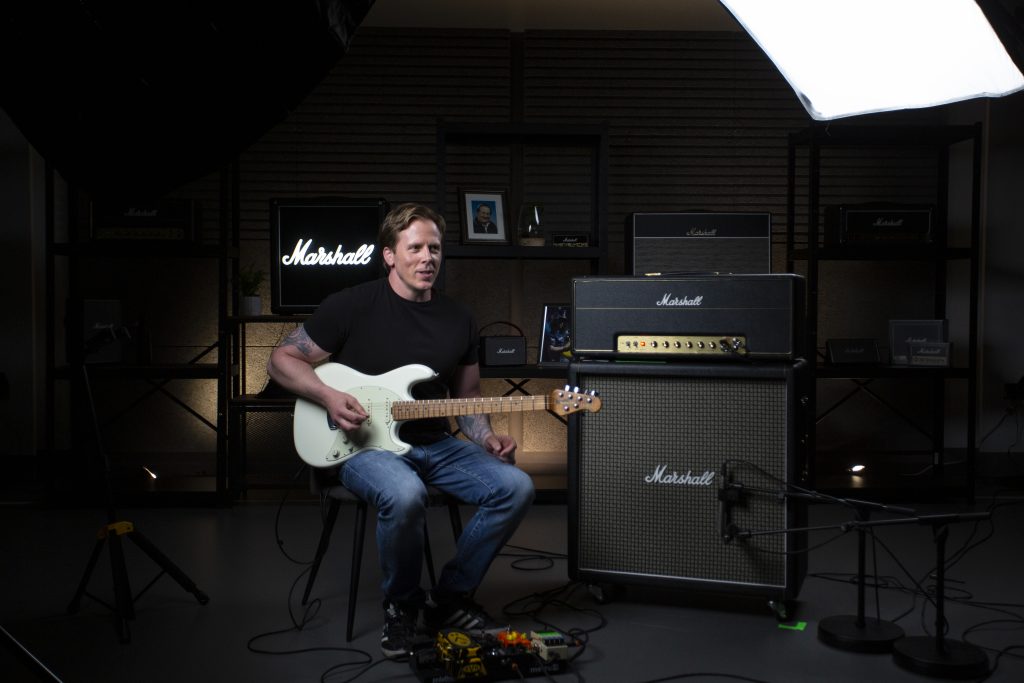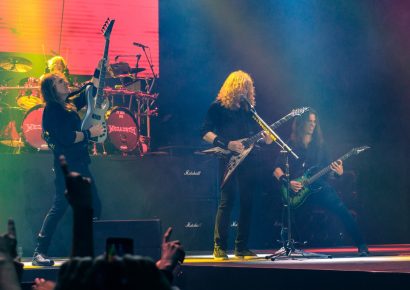A peek into Marshall's celebrated product development with International Product Demonstrator Steve Smith
Most of us know the story by now: drummer and music store owner Jim Marshall had a few customers rock up and complain about the inadequacy of current amplifiers to deal with the massive volume they wished to put out. Those guys – Ritchie Blackmore of Deep Purple, Pete Townshend of The Who, and session pro Big Jim Sullivan – knew what they wanted, it just didn’t exist yet.
Read all the latest features, interviews and how-to columns here.
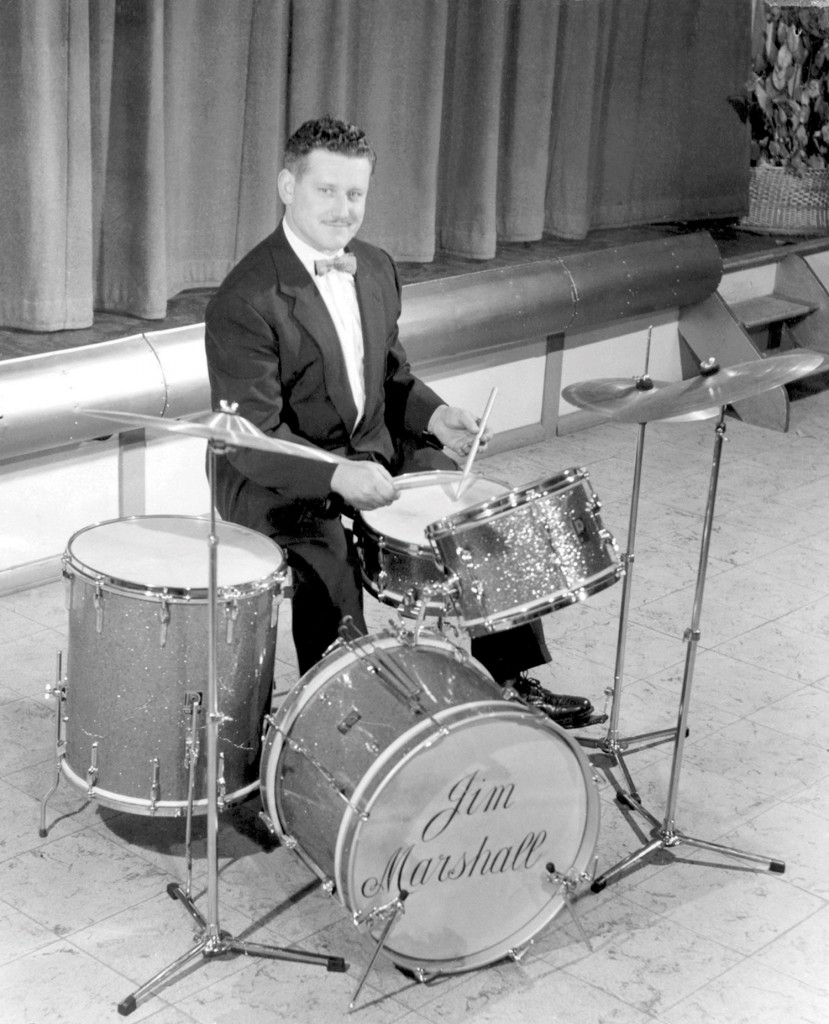
Jim Marshall was a smart guy: he hired designers and got to work. Those early designs were inspired by Fender amplifiers available across the pond, amps that were really difficult to get your hands on in 1962 London. But available parts differed between the US and UK, so a lot of substitutions and refinements were made, like 5881 power tubes and higher-gain ECC83 preamp tubes compared to the 6L6 and 12AX7 tubes used in amps like the Fender Bassman.
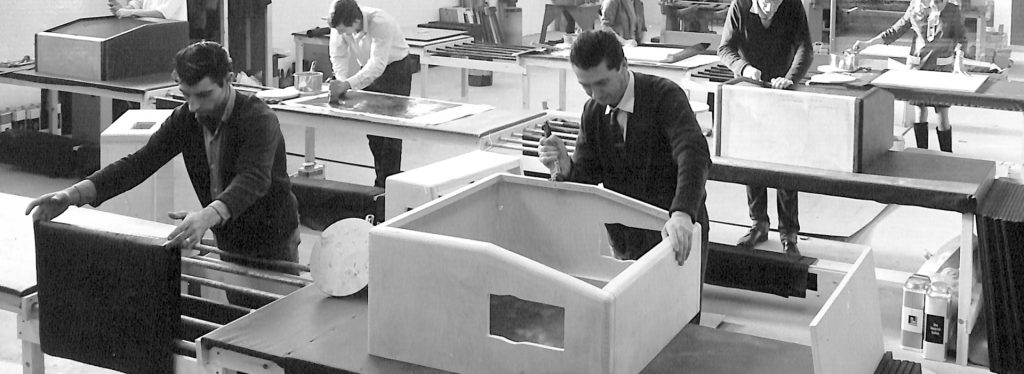
By prototype six, Jim and his team had hit upon what we now know as ‘the Marshall sound,’ something that simply couldn’t be achieved with any other amp at the time. Christened the JTM45, this was the amp that Jimi Hendrix, Eric Clapton, and others would use to fuel a revolution.
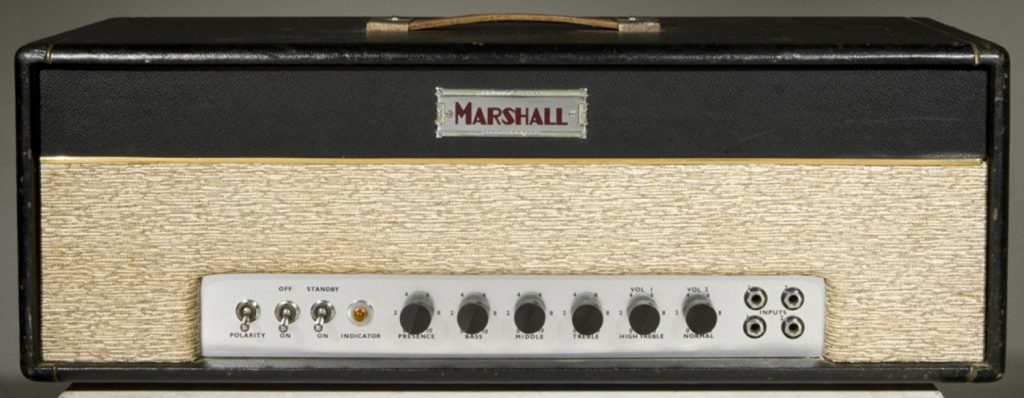
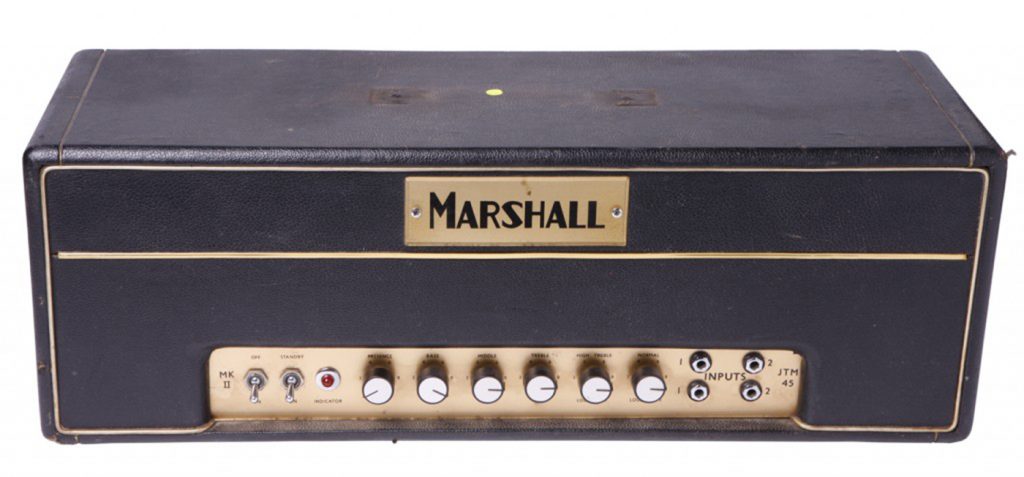
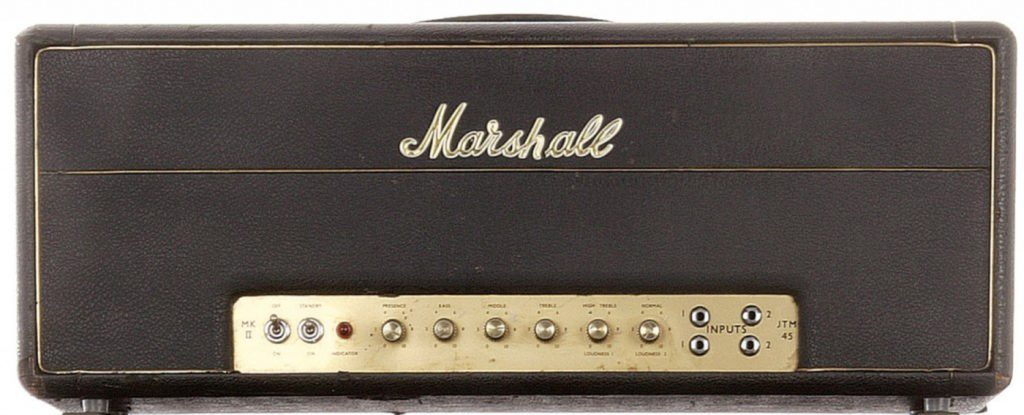
Steve Smith, Marshall’s International Product Demonstrator, is a Marshall geek from way back, with a frankly mind-boggling knowledge of amps, pedals, power amps, speakers, tubes/valves, rack units, combos, and everything else with that iconic script logo across the front of it. He knows the Marshall Sound better than most, and has been around for the birth of many a product.
“When we are thinking of a new product, some of them fall into our lap, like the digital products, the CODE Series,” Smith says. “It’s like, ‘we need to do this now’ because the market’s shifting. But as far as valve amps go, new lines like the Studio Series for instance, it’s kind of a no brainer because we noticed that people were having smaller setups.
“It’s like, well, what do we do? We give them a small Marshall basically, which is exactly like a big one made in the UK, all valve. But because we’ve got a heritage behind us, we want to stick to what makes a Marshall, and we also need to answer to the younger players that might have different needs.”
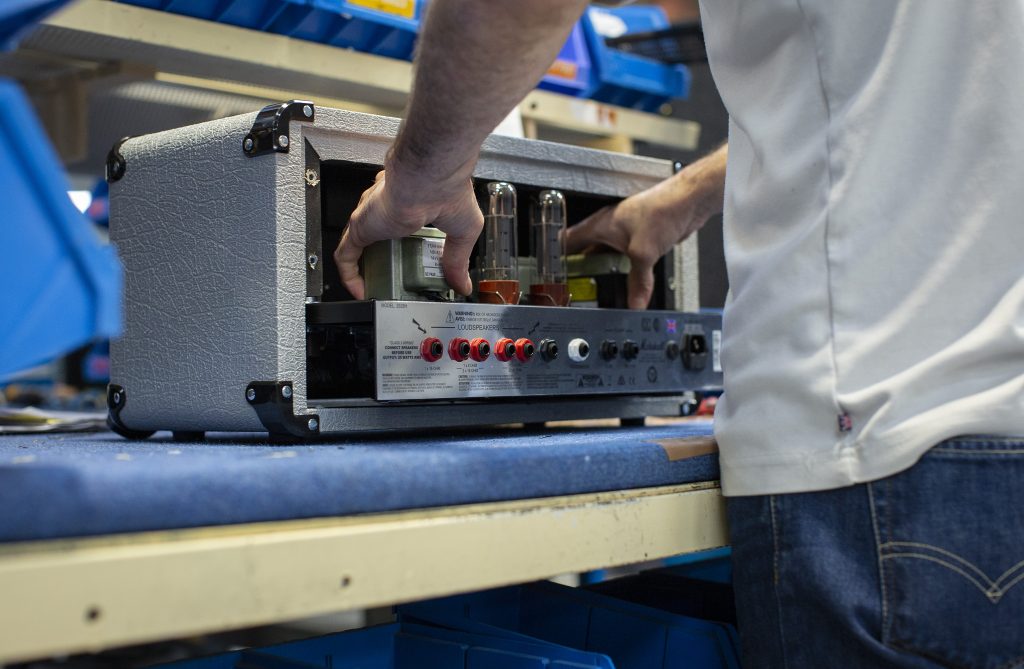
So, a peek behind the curtain of the Marshall product development process looks like this: “The marketing team will look into what’s going on, what’s trending. They’ll do a lot of research into what people are more interested in.
“Then the sales team does their own research. They’ll talk to guys in the stores, talk to the distributors and ask ‘what do people want from Marshall?’ It might be a re-release because everyone is asking for a particular product, or it might be a new take on an existing product which is selling really well but it needs to be better in this way or that way.
“What we’ll do is combine these two strands of information, and then we’ll go to the drawing board and start looking at products, start designing, spec’ing, and then when it gets to a point of working units, it’s usually myself and my team that will go in and start testing.”
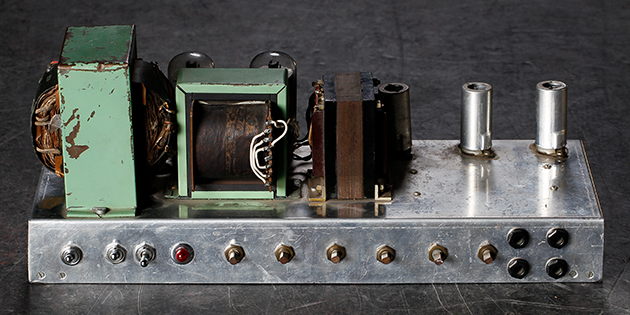
Then comes a lot of back-and-forthing with the R’n’D team. Try this speaker, change that frequency, etcetera. The whole process isn’t that far removed from what Jim Marshall and his team did in 1962, except now we’re not talking about a few amps for a few upcoming rockstars, we’re talking about the most recognisable amplifier company in the world.
It’s really fun to take a dip back into Marshalls of the past to see where the brand has been and where they might be going. For instance, the workhorse JCM2000 DSL50 and DSL100 amps have been used by many players over the years, including Nuno Bettencourt, Jeff Beck, Steve Morse, and Iron Maiden. The line had been discontinued for a while but the demand didn’t really let up, so the DSL series was brought back with a few refinements.
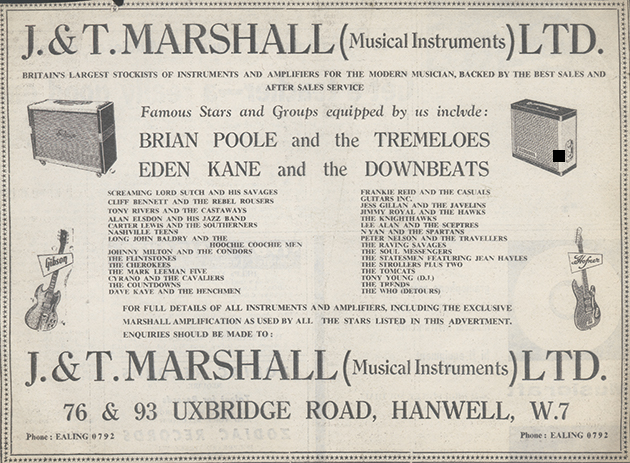
“It’s had a couple of changes and a couple of tweaks,” Smith says. “We wanted to have some amps that weren’t at UK-built prices, so it’s still great quality, still all-valve, but at a price point that is more accessible to more people. It’s pretty much the same amp but we just make it in our Vietnam factory.”
There really is a Marshall for everyone, from the digital CODE series developed with Softube (and which this writer uses daily as a living room noodle-amp) and the analog MG series, to the Vintage Reissue series (with Jubilee, JTM45, and 50W Plexi models), and the Handwired series (100W Plexi and 18W 1974X combos).
Another notable ‘back but different’ amp line is the Studio Series, a line of 20W heads and combos made in the UK and designed to give players the full Marshall sound experience but in a smaller, more eardrum-friendly configuration that hits the power-amp sweet-spot at much lower volumes than a 100W stack. It all started with a low-watt re-release of the Jubilee amplifier, a JCM800-based amp with some tricks up its sleeve such as a selectable diode clipping section, reflecting the way guitarists began boosting amps with overdrive pedals.
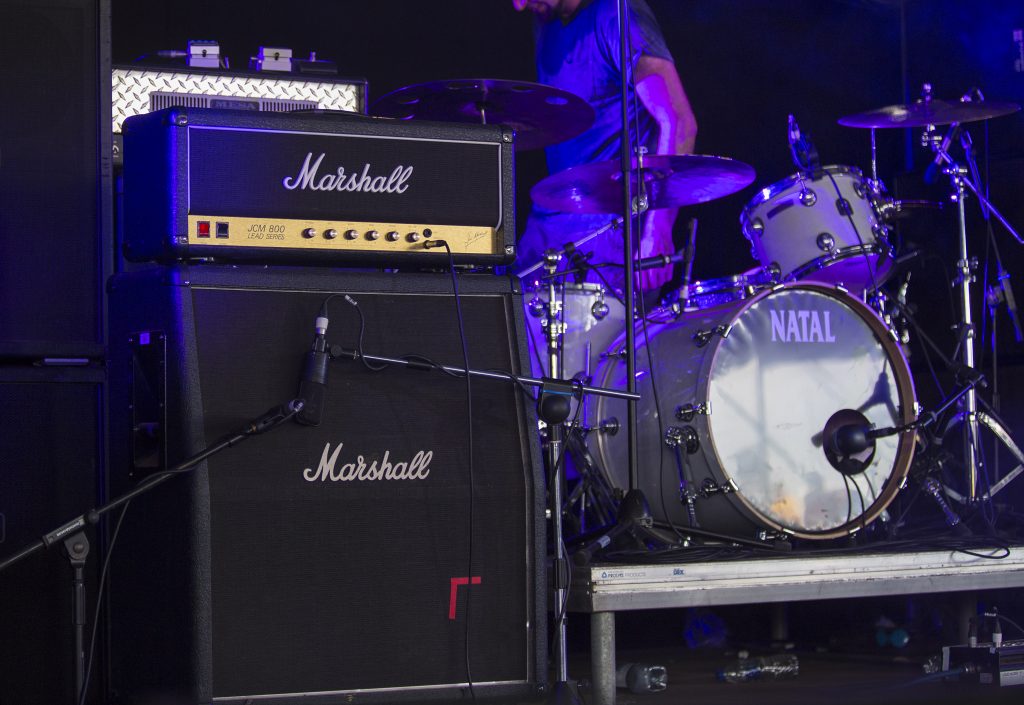
“When we did that amp, we had a lot of people kind of going ‘hmm, a mini version of a Jubilee, you know, wouldn’t it be cool if…’ and then the ideas came about: what are the classic Marshalls? Basically it was the JCM800 and the Plexi, but smaller, more compact. You can get that roar, but you can still stand next to the amp without losing your hearing. Because anybody that’s played a non-master Plexi 50 or 100, to get it to sound the way it does is very, very loud. And most venues these days, you just can’t do that.”
“The studio range is one of those products that’s gonna be around for a while,” Smith says. “Now, a lot of people are happy we’ve got the Jubilee, the 800, and the Plexi, but there will be more models to come.
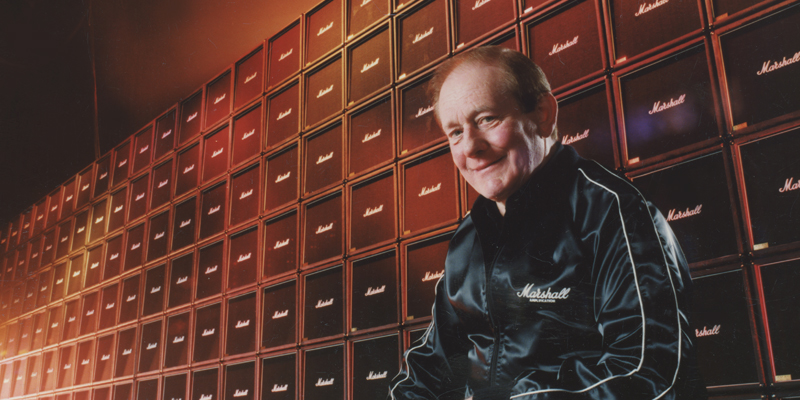
Marshall Amplifiers are distributed locally by Electric Factory.

